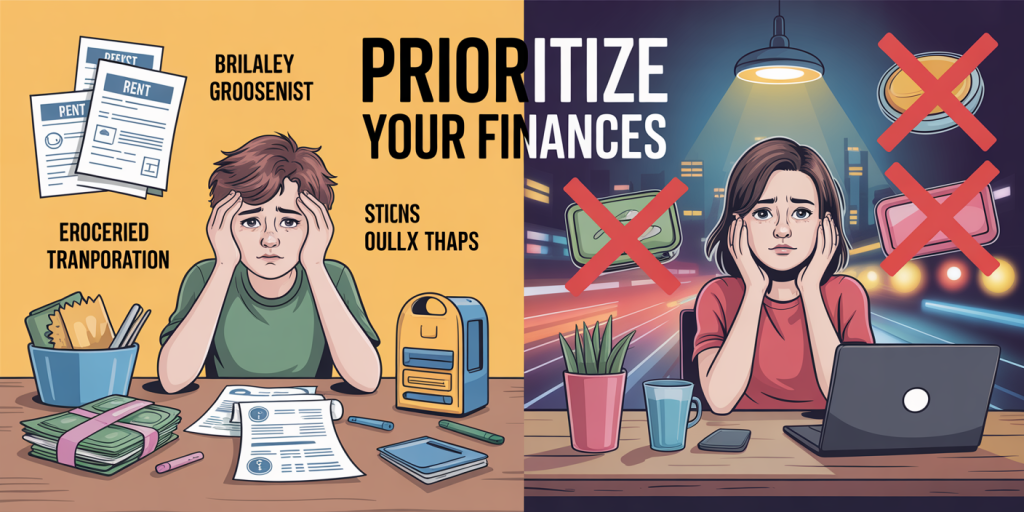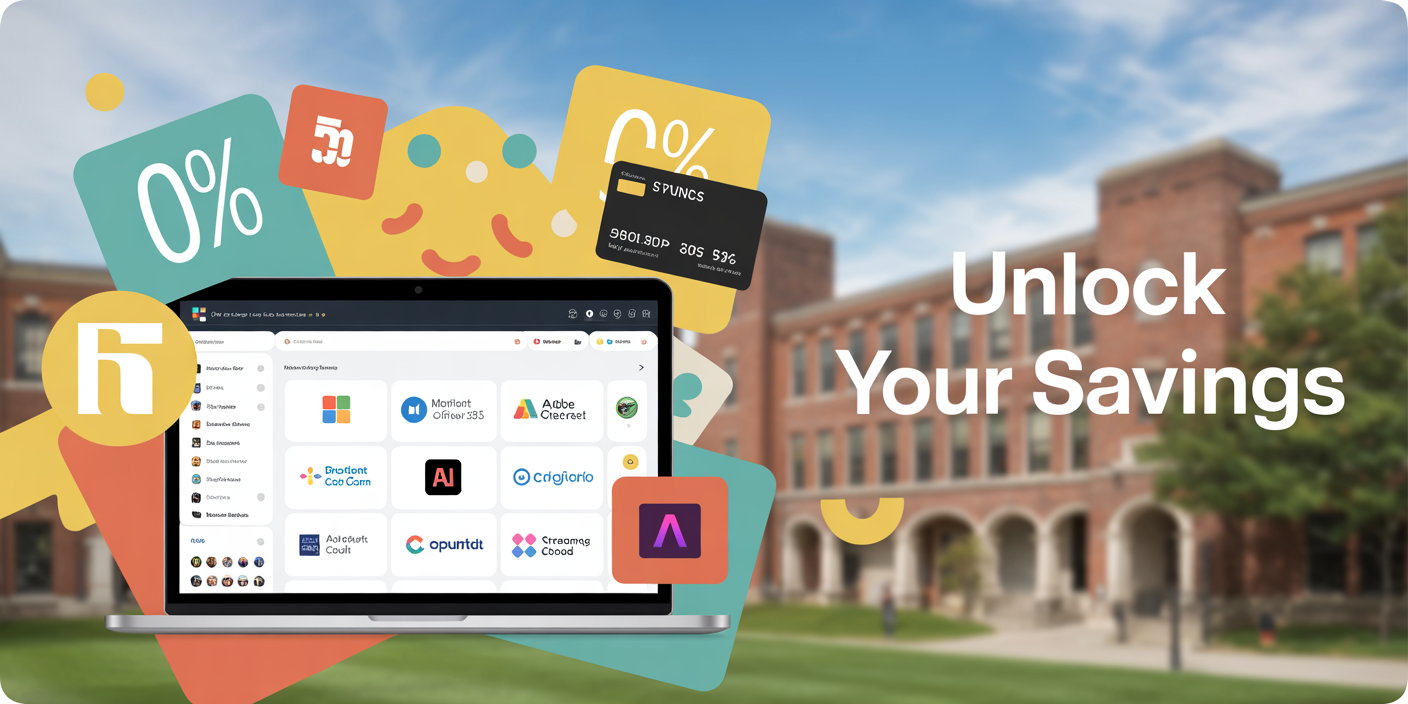Managing personal finances is a challenge that almost every college student faces at some point. With tuition fees, textbooks, accommodation, and daily expenses, learning to budget effectively can play a crucial role in academic success and financial stability. According to a recent study by LendEDU, 71% of college students admit to struggling with finances, with many relying heavily on credit cards or loans to cover expenses. This highlights the pressing need for practical budgeting strategies tailored specifically for the student lifestyle.

Understanding how to allocate limited funds, control spending habits, and save for unexpected costs are essential skills that will benefit students long after graduation. This comprehensive guide presents actionable budgeting tips every college student should know, enriched with practical examples, data, and comparative analyses to help cultivate better money management habits.
Understanding Your Income and Expenses
The cornerstone of any successful budget is knowing exactly how much money you have coming in and going out each month. For most college students, sources of income typically include parental support, part-time jobs, scholarships, and student loans. According to the National Center for Education Statistics (NCES), 43% of undergraduates work part-time while in school, emphasizing the importance of balancing earnings and academic commitments.
To create an accurate budget, start by listing all income sources. For example, a student might receive $500 monthly from a part-time job, $300 from parental assistance, and $1,000 per semester from financial aid. Tracking every penny spent is equally critical. Using apps like Mint, YNAB (You Need A Budget), or even a simple spreadsheet can help. Students often underestimate discretionary spending such as eating out or entertainment, which can account for a significant portion of monthly expenses.
Here’s a basic comparison of typical income and expenses for a student:
| Income Source | Monthly Amount ($) |
|---|---|
| Part-time Job | 500 |
| Parental Support | 300 |
| Scholarships/Grants | 200 |
| Total Monthly Income | 1000 |
| Expense Category | Monthly Amount ($) |
| ———————– | ——————— |
| Rent | 400 |
| Food | 200 |
| Transportation | 100 |
| Books and Supplies | 50 |
| Entertainment | 100 |
| Miscellaneous | 50 |
| Total Monthly Expenses | 900 |
This example shows a manageable surplus that can be allocated toward savings or paying down debt.
Prioritize Needs Over Wants
One of the biggest pitfalls in student budgeting is failing to distinguish between needs and wants. Needs include essentials like rent, food, tuition, and transportation — expenses that are non-negotiable. Wants encompass discretionary spending such as dining out, subscriptions, shopping, and entertainment.

A survey by the American Institute of CPAs (AICPA) found that nearly 60% of college students admit to impulsive spending when using credit cards, which often causes budget overruns. To combat this, students should practice delayed gratification by waiting a few days before making non-essential purchases. This simple tactic reduces impulse buys and helps maintain budget discipline.
Practical example: If a student frequently spends $50 per week on coffee and snacks, cutting this by half can save $100 each month — enough to cover utility bills or book costs. Another tip is to explore free or low-cost campus events instead of pricier social activities.
Make Use of Student Discounts and Deals
Leveraging student discounts is a smart way to stretch your budget without compromising necessary purchases. Many retailers, software companies, and service providers offer exclusive deals to students upon verification through platforms like UNiDAYS or Student Beans.
For instance, technology products such as Microsoft Office 365, Adobe Creative Cloud, and Apple products are often available at reduced rates. Additionally, public transportation passes, gym memberships, and streaming service subscriptions typically offer student pricing.

Consider this comparison of common expenses with and without student discounts:
| Expense Item | Standard Price ($) | Student Discount Price ($) | Savings (%) |
|---|---|---|---|
| Monthly Public Transit Pass | 70 | 40 | 43% |
| Adobe Creative Cloud (Monthly) | 53 | 19.99 | 62% |
| Netflix Streaming Plan | 15.99 | 8.99 | 44% |
Utilizing these discounts can significantly reduce monthly costs and free up funds for savings or other priorities.
Set a Realistic Savings Goal
While saving money may seem impossible during college years, establishing a modest and achievable savings goal is essential for building financial security, especially in emergencies. Ideally, students should aim to save at least 10% of their income each month.
Even $50 a month adds up to $600 annually, which can cover unexpected costs like medical expenses, laptop repairs, or travel emergencies. Many banks offer student savings accounts with no minimum balance or fees, encouraging habit formation.
Creating an automatic transfer system ensures savings are prioritized before discretionary spending. For example, setting up an auto-transfer of $25 every two weeks into a savings account ensures consistent contributions.
Data from the Federal Reserve Bank indicates that 39% of Americans wouldn’t be able to cover a $400 emergency expense without borrowing. Starting a savings habit early helps break this vulnerability cycle.
Track and Adjust Your Budget Regularly
Budgeting is not a set-it-and-forget-it activity. Students’ financial needs and income sources often fluctuate due to changes in course loads, job hours, or unexpected expenses. Regularly tracking progress and adjusting the budget helps maintain control.
Many students find monthly budget reviews helpful for identifying spending leaks and setting new priorities. For instance, if a student notices an increase in dining out expenses, they might decide to reduce this to allocate more toward textbooks next semester.
Using budgeting apps that send alerts and generate spending reports provides valuable visual insights into money habits. Over time, this ongoing monitoring leads to smarter decisions and greater confidence in managing finances.
Preparing for Financial Independence After College
Developing budgeting skills during college lays a foundation for financial independence after graduation. For many students, this transition involves moving from a controlled campus environment to managing rent, utilities, insurance, and loan repayments independently.
A clear future perspective should include preparing for debt management, credit score building, and retirement savings — all starting with the budgeting principles learned while in school.
For example, diverting a portion of savings into a Roth IRA or credit-building secured card during college can accelerate financial growth post-graduation.
According to a 2023 report by Experian, over 60% of recent graduates face financial stress partly due to lack of money management skills. Addressing budgeting early helps prevent this common scenario and empowers students to build wealth steadily.
Effective budgeting is a vital life skill every college student must cultivate. By understanding income versus expenses, prioritizing needs, using discounts, setting savings goals, and regularly reviewing expenditures, students can navigate financial challenges confidently. These steps not only alleviate current money stress but also foster habits that support long-term financial health and independence.
Investing time and effort into mastering budgeting during college will equip students with practical tools and greater peace of mind, allowing them to focus more on studies and personal growth rather than stress over money matters. Financial literacy is, therefore, a crucial component of a successful college experience and beyond.

Deixe um comentário